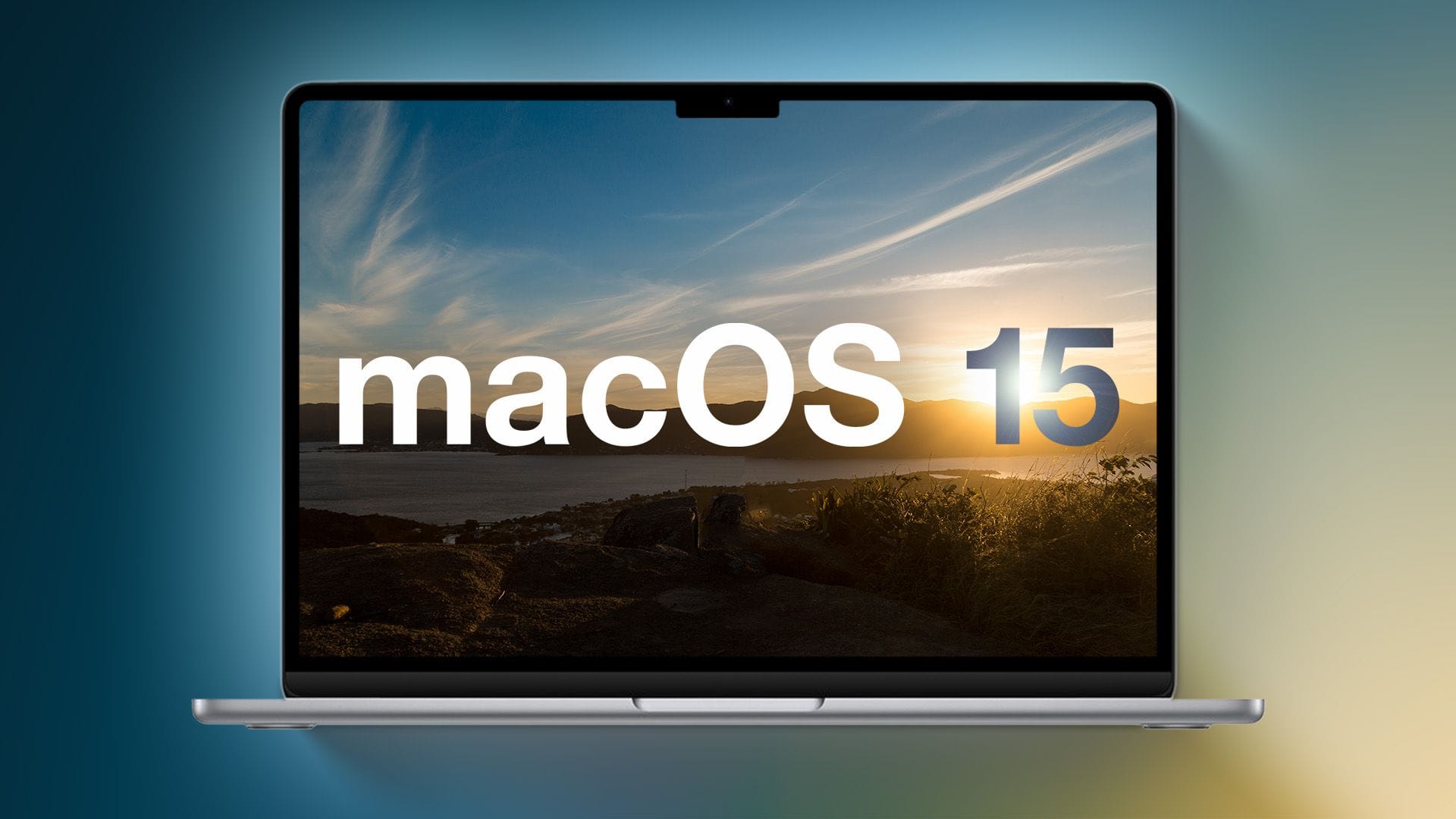From “System” to “Macintosh System Software”
Initially, the Macintosh operating system was known as System (1984). Later, from 1987 onwards, it was named Macintosh System Software. These versions were often distributed for free or sold as separate updates for Macintosh computers.
Transition to Mac OS
In the early 1990s, System 6 and 7 versions began to appear outdated. Apple started working on a new operating system called Copland, but the project was never completed. For this reason, in 1996, Apple decided to rename the classic system to Mac OS and incorporate some of Copland’s ideas with existing technologies.
Since 1999, this system was called Mac OS Classic, to distinguish it from its major successor: Mac OS X.

Acquisition of NeXT and the Birth of the Successor
At the end of 1996, Apple acquired Steve Jobs’ company NeXT, which had developed the modern OPENSTEP system (based on Unix). This move fundamentally changed Apple’s strategy.
In 1997–1998, the new system was developed under the name Rhapsody, offering:
Yellow Box – a new programming interface inherited from OPENSTEP.
Blue Box – an environment where old Mac OS Classic applications could run.
Modern features such as memory protection and preemptive multitasking.
This paved the way for Mac OS X, which would become the foundation of Apple’s modern operating systems, including macOS still in use today.





